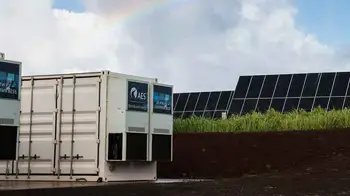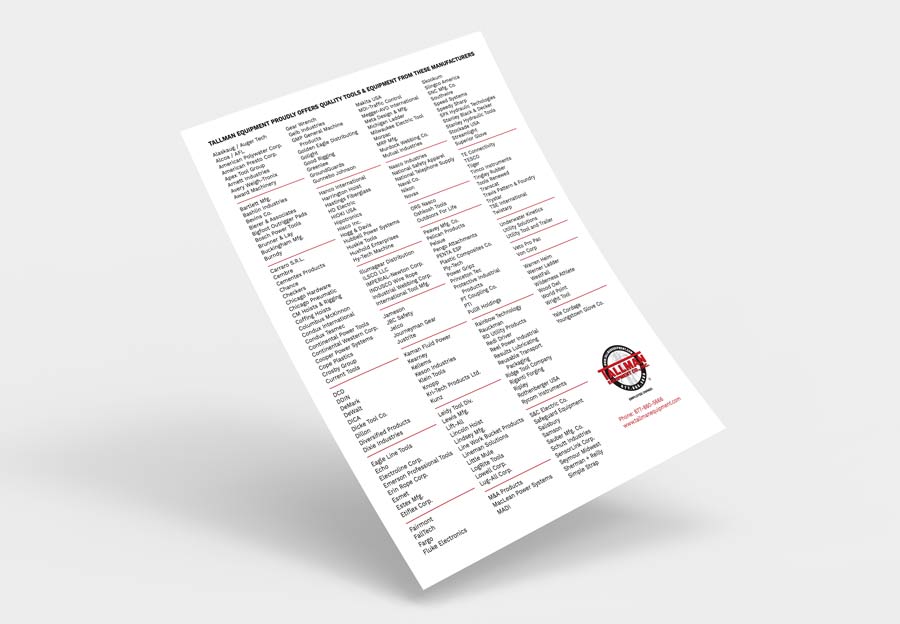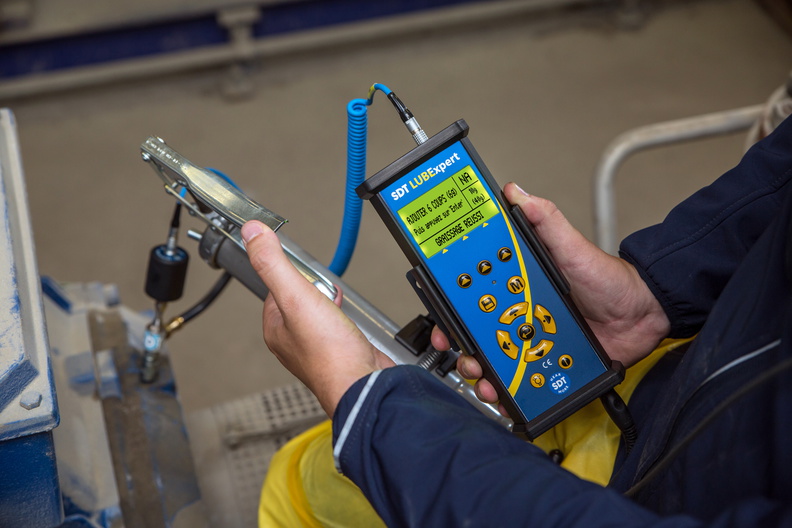What is a Stackable Energy Storage System?
By R.W. Hurst, Editor
Battery Energy Storage Testing and Maintenance for Solar PV Systems
Our customized live online or in‑person group training can be delivered to your staff at your location.

- Live Online
- 12 hours Instructor-led
- Group Training Available
Download Our OSHA 3875 Fact Sheet – Electrical PPE for Power Industry Workers

- Follow rules for rubber gloves, arc-rated PPE, and inspection procedures
- Learn employer obligations for testing, certification, and training
- Protect workers from arc flash and electrical shock injuries
Stackable energy storage system delivering modular lithium-ion battery modules with advanced BMS, inverter integration, and scalable capacity for microgrids, solar-plus-storage, peak shaving, load shifting, and UPS backup in residential, commercial, and industrial applications.
What is a stackable energy storage system?
A modular ESS of stackable battery modules with BMS and inverter integration for scalable energy storage.
✅ Modular Li-ion packs scale kWh and kW seamlessly
✅ Integrated BMS, EMS, and inverter control
✅ Supports microgrids, peak shaving, UPS, solar storage
A stackable energy storage system (SESS) offers a flexible and scalable solution for renewable energy storage. The modular design allows for easy expansion, and smart grid technology ensures the system operates at peak efficiency. By using a SESS in conjunction with distributed energy resources, it is possible to create a more resilient and reliable electrical grid. For broader context on grid integration, see energy storage and the grid guidance for planning and operations.
What is a SESS?
A SESS is an energy storage system comprising multiple battery modules or packs that can be stacked together. The modular design allows for scalability and customization, as the number of battery modules or packs can be adjusted to meet the specific needs of a particular application. This makes a SESS an ideal solution for various applications, from residential to industrial and utility-scale energy storage. For foundational concepts, explore what is energy storage to align terminology and scope.
The battery modules or packs in a SESS are usually made up of lithium-ion batteries known for their high energy density, long cycle life, and low self-discharge rates. However, other types of batteries, such as lead-acid batteries and LiFePO4 batteries, can also be used in a SESS. Design choices also shape performance in a battery energy storage system across safety, lifecycle, and cost.
Sign Up for Electricity Forum’s Energy Storage Newsletter
Stay informed with our FREE Energy Storage Newsletter — get the latest news, breakthrough technologies, and expert insights, delivered straight to your inbox.
How Does a SESS Work?
A SESS works by using multiple battery modules or packs that are connected to form a larger energy storage system. Each battery module or pack consists of a group of batteries connected in series and parallel configurations to achieve the desired voltage and capacity.
The energy storage system is controlled by an energy management system that manages the charge and discharge of the batteries. The energy management system monitors the state of charge of each battery module or pack and decides when to charge or discharge the system based on the grid's needs. This allows for optimal energy storage system utilization and helps improve grid stability.
In some deployments, pairing fast-response and high-energy devices in a hybrid energy storage system enhances control strategies and dispatch flexibility.
What are the Benefits of Using a SESS?
One of the main benefits of using a SESS is the flexibility it provides. The modular design allows for easy customization and scalability, which means that the energy storage system can be adjusted to meet the specific needs of a particular application. This makes a SESS an ideal solution for applications that require a high level of flexibility, such as microgrids, off-grid systems, and electric vehicle charging stations.
Another benefit of using a SESS has improved grid stability. By providing a reliable and stable energy source, SESSs can help reduce the impact of intermittent renewable energy sources such as solar and wind on the grid. This can help improve grid stability and reliability, essential for ensuring a stable and secure power supply.
How Does the Modular Design of Stackable Energy Storage Systems Improve Flexibility?
The modular design of a SESS allows for greater flexibility in energy storage. Using multiple battery modules or packs that can be stacked together, the energy storage system can be customized to meet the specific needs of a particular application. This allows for easy scalability and customization, which is essential for applications that require a high level of flexibility, such as microgrids, off-grid systems, and electric vehicle charging stations.
What are Stackable Batteries?
Stackable batteries can be stacked together to form a larger battery system. These batteries can be customized to meet the specific needs of a particular application. The modular design of stackable batteries allows for easy scalability and customization, which is essential for applications requiring high flexibility.
What Types of Batteries are Used in Stackable Energy Storage Systems?
A SESS typically uses lithium-ion batteries, known for their high energy density, long cycle life, and low self-discharge rates. Lithium-ion batteries are also lightweight, making them ideal for applications that require portability, such as electric vehicles. Other types of batteries, such as lead-acid batteries and LiFePO4 batteries, can also be used in a SESS.
How Can Stackable Energy Storage Systems Support the Integration of Renewable Energy Sources?
A SESS can support the integration of renewable energy sources by providing a reliable and stable energy source. By storing excess energy generated by solar panels or wind turbines, a SESS can help to reduce the impact of intermittent renewable energy sources on the grid. This can help improve grid stability and reliability, essential for ensuring a stable and secure power supply. This approach complements proven practices in solar energy storage for homes and businesses.
What is Peak Shaving?
Peak shaving is a technique used to reduce the electricity used during periods of high demand, or "peaks," on the grid. By using a SESS to store excess energy during periods of low demand and releasing it during periods of high demand, peak shaving can help to reduce the strain on the grid and prevent blackouts. This can help improve grid stability and reliability, essential for ensuring a stable and secure power supply. For multi-day or seasonal balancing, advances in long-term energy storage extend value beyond simple peak shaving.
Electricity Today T&D Magazine Subscribe for FREE

- Timely insights from industry experts
- Practical solutions T&D engineers
- Free access to every issue
What are Some Examples of Real-World Applications of Stackable Energy Storage Systems?
There are many real-world applications of SESSs, ranging from residential to industrial and utility-scale energy storage. One example of a residential application is using a SESS in homes with solar panels. By storing excess energy generated by solar panels during the day, homeowners can use the stored energy to power their homes at night, reducing their reliance on the grid.
Another example of an industrial application is using a SESS in microgrids. Microgrids are small-scale power grids that can operate independently of the main power grid and often incorporate renewable energy sources such as solar and wind. Using SESSs, microgrids can store excess energy generated by renewable sources and use it to provide power when renewable sources are unavailable.
Utility-scale energy storage is another important application of a SESS. These systems can provide grid-scale energy storage, which is essential for balancing the supply and demand of electricity on the grid. By storing excess energy during times of low demand and releasing it during times of high demand, a SESS can help to stabilize the grid and prevent blackouts. Market trends highlight rapid growth in utility-scale energy storage that supports reliability and decarbonization.








